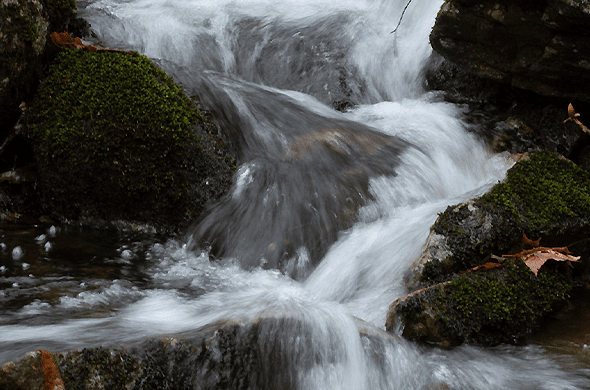Project Overview:
 The chemistry of precipitation and streamwater have been measured throughout the Hubbard Brook Experimental Forest in New Hampshire at least weekly since the summer of 1963, making the Hubbard Brook Watershed Ecosystem Record (HBWatER) one of the longest continuous records of its kind in existence. Over the last fifty years, HBWatER has changed our understanding of the natural world. Early work in the 1960s documented the problem of acid rain, while subsequent data from the 1970-1990s proved the effectiveness of the Clean Air act in mitigating this problem. More recently, the HBWatER record has documented the long-term declines in the concentrations of calcium in soils and streamwaters as a result of historic acid rain. Over the next decade this award will extend this long-term record to document how the chemistry of precipitation and streamwater continues to change in response to warming winters and more frequent stormflows; how watershed ecosystems are responding to reduced snowpacks and natural forest disturbances. A new data visualization platform will allow interested scientists and students of all backgrounds to interact directly with HBWatER data through guided data expeditions and easy to use data exploration tools. The longevity and continuity of HBWatER makes it a vital resource for recording the impacts of air pollution from fossil fuels, directional environmental change and emerging forest pests and pathogens on the health of terrestrial and aquatic ecosystems. To enhance the broader impacts, the data will become available sooner via a new database and made more accessible via a new visualization platform. Training of students including research experiences for undergraduates will continue to be a focus of this award.
The chemistry of precipitation and streamwater have been measured throughout the Hubbard Brook Experimental Forest in New Hampshire at least weekly since the summer of 1963, making the Hubbard Brook Watershed Ecosystem Record (HBWatER) one of the longest continuous records of its kind in existence. Over the last fifty years, HBWatER has changed our understanding of the natural world. Early work in the 1960s documented the problem of acid rain, while subsequent data from the 1970-1990s proved the effectiveness of the Clean Air act in mitigating this problem. More recently, the HBWatER record has documented the long-term declines in the concentrations of calcium in soils and streamwaters as a result of historic acid rain. Over the next decade this award will extend this long-term record to document how the chemistry of precipitation and streamwater continues to change in response to warming winters and more frequent stormflows; how watershed ecosystems are responding to reduced snowpacks and natural forest disturbances. A new data visualization platform will allow interested scientists and students of all backgrounds to interact directly with HBWatER data through guided data expeditions and easy to use data exploration tools. The longevity and continuity of HBWatER makes it a vital resource for recording the impacts of air pollution from fossil fuels, directional environmental change and emerging forest pests and pathogens on the health of terrestrial and aquatic ecosystems. To enhance the broader impacts, the data will become available sooner via a new database and made more accessible via a new visualization platform. Training of students including research experiences for undergraduates will continue to be a focus of this award.
This award will extend the long-term record of watershed biogeochemistry at the Hubbard Brook Research Forest for another decade by continuing to collect weekly measures of precipitation and streamwater chemistry at sites throughout the Hubbard Brook Valley. Three core questions will continue to motivate and sustain the HB WatER research agenda as they have since the 1960s: Q1. How is the chemistry of precipitation and streamwater changing over time? Q2. How are watershed ecosystems responding to environmental change and changing atmospheric deposition? Q3. What are the long-term consequences of watershed ecosystem experiments in the context of regional trends? In the next decade the study will expand to ask how long-term declines in soil alkalinity and N deposition affect the responses of watershed ecosystems to environmental change, physical disturbance and pathogen and pest outbreaks. New questions for the coming decade ask: Q4. How will increasing stream discharge and a shifting hydrograph due to changing environment interact with the long-term decline in stream solute concentrations to alter the timing, magnitude and form of watershed exports? Q5. Will future forest disturbances lead to more or less dramatic watershed losses of nutrients as soils and vegetation recover from acidification? And Q6. What are the long-term effects of forest disturbance on stream pH and the export of weathering products and DOC? In every decade this long-term record has yielded new insights into the biogeochemistry of northeastern forests and has served as a basis for comparison for similar watershed ecosystem studies from all over the world. The longevity and continuity of the HB-WatER makes it a vital resource for recording the impacts of air pollution from fossil fuels, directional environmental change and emerging forest pests and pathogens on the movement of water and solutes into, through and out of watershed ecosystems.
Principal Investigators:
- Emma Rosi, Cary Institute of Ecosystem Studies
- Emily Bernhardt, Duke University
